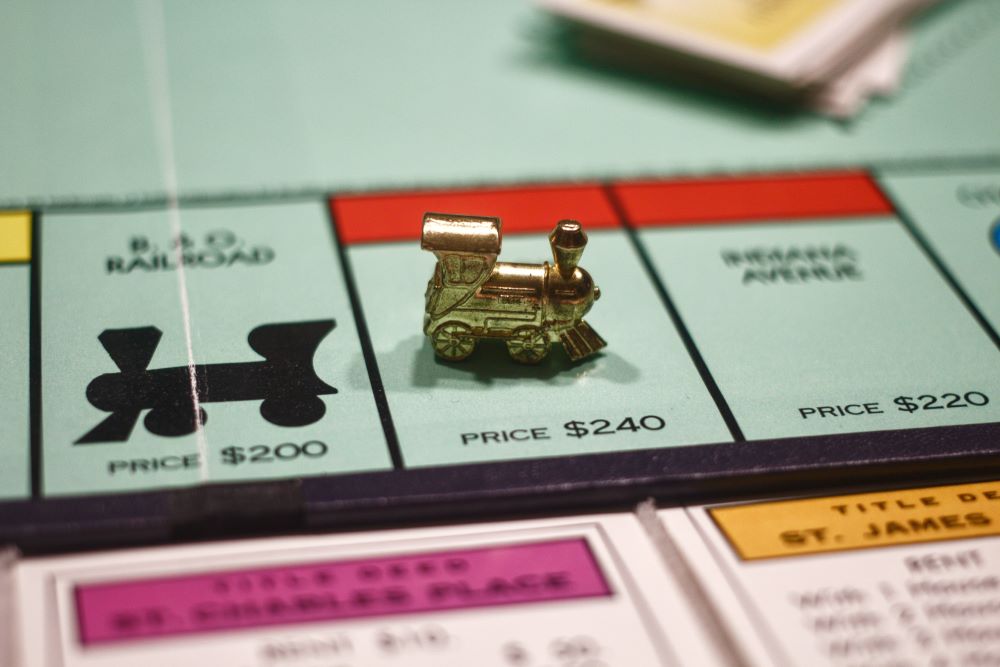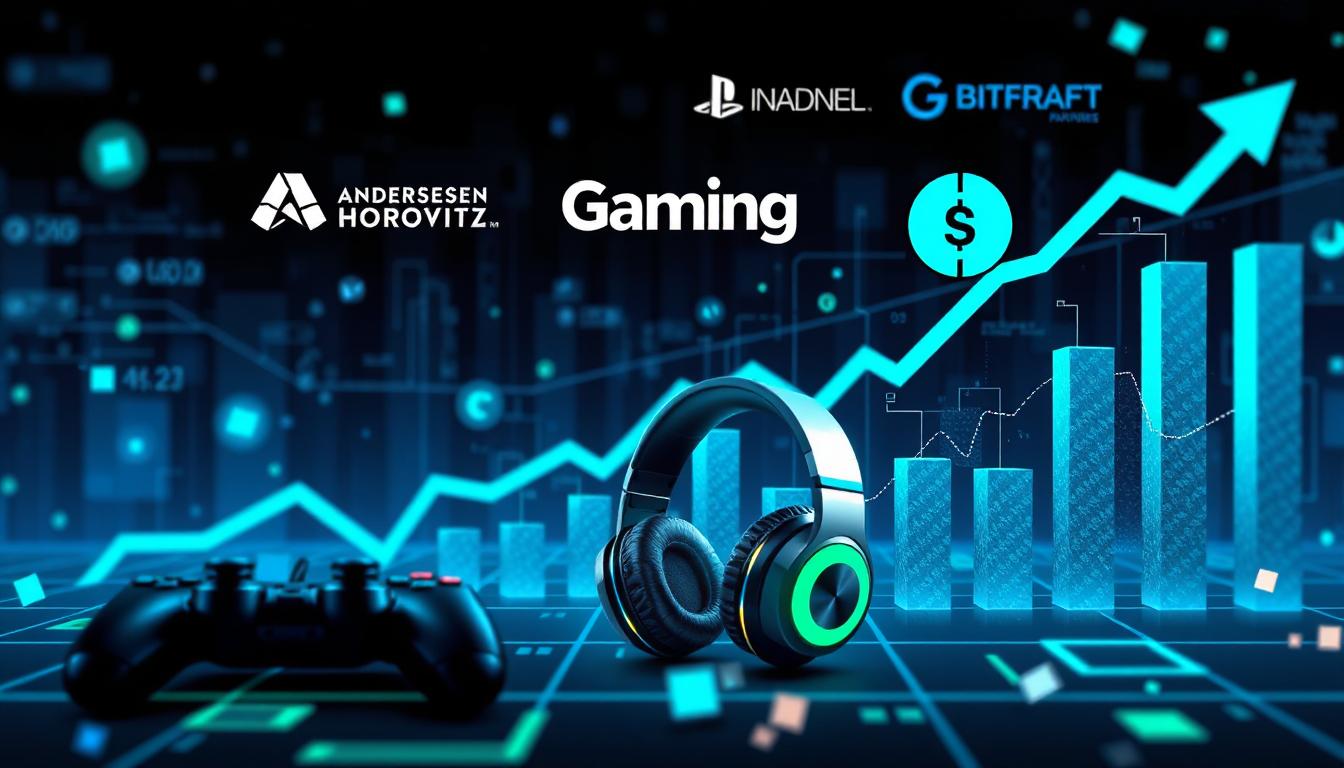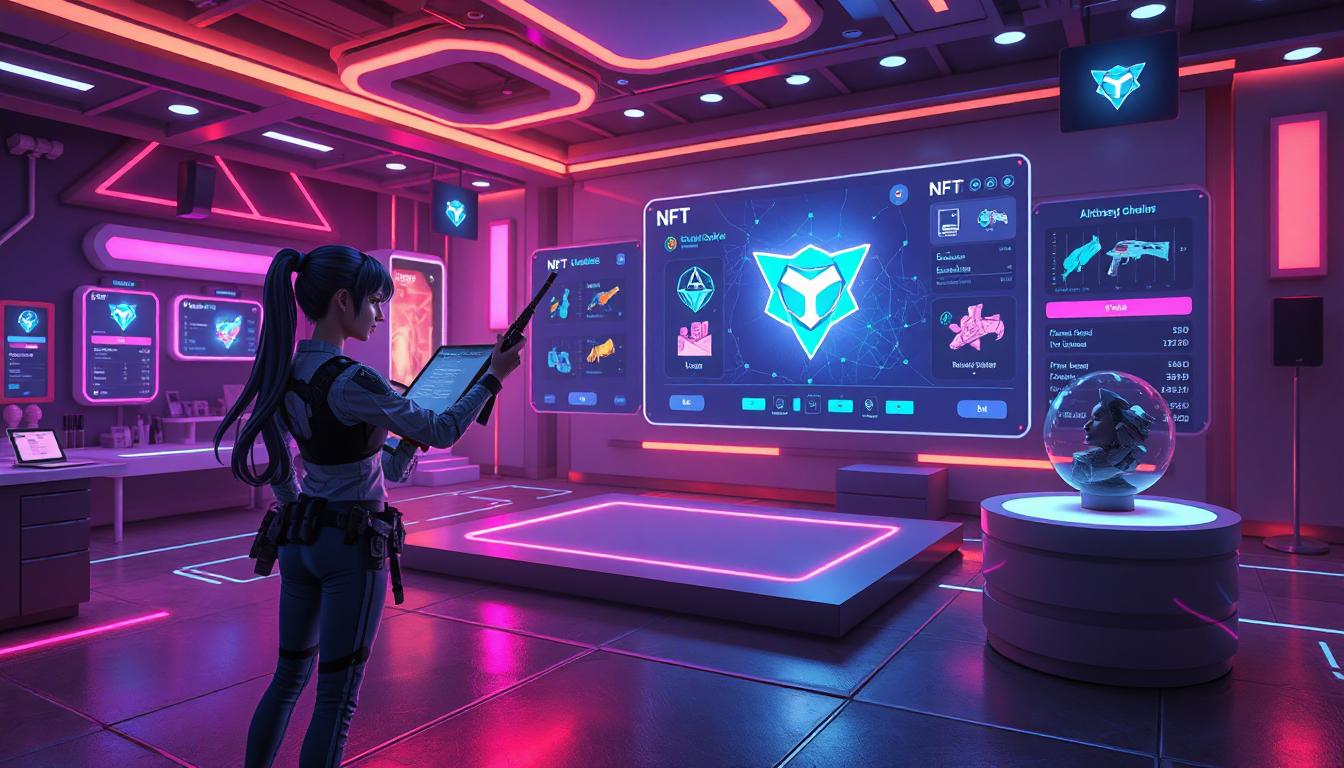The journey from a game idea to a finished product is filled with creativity, technical challenges, and strategic decision-making. If you find yourself struck by a lightning bolt of inspiration for a video game, the path ahead as a game maker is both exhilarating and demanding. Here’s what you can do to bring your vision to life.
Step 1: Solidify Your Concept
Every great game begins with a core idea. This could be a unique mechanic, a story, a character, or even a feeling you want to evoke. As a game maker, your first job is to refine this idea. What is the genre of your game? Who is your target audience? What platforms will it be available on? Write a game design document (GDD) that outlines your concept, gameplay mechanics, art and sound, narrative, and any other critical components of your game. This document will be your blueprint.
Step 2: Market Research
Before diving into development, understand the market. Who are your competitors? What are the current trends? Use platforms like Steam, the App Store, or Google Play to research similar games. Consider the scope of your project – is it something you can accomplish with your current resources, or do you need to scale down or find funding?
Step 3: Learn the Necessary Skills or Build a Team
Game development requires a diverse skill set. You need to know about game design, programming, art and animation, sound design, and more. If you’re not a jack-of-all-trades, you’ll need to build a team. Find passionate individuals who share your vision for the game. Platforms like LinkedIn, IndieDB, or even Twitter can be great places to connect with potential team members.
Step 4: Prototype Your Game
Prototyping is creating a simplified version of your game to test its basic mechanics. This stage is crucial for understanding if your game is fun to play. Use software like Unity, Unreal Engine, or GameMaker to build your prototype. Focus on the core gameplay loop – the sequence of actions that players will repeat throughout the game.
Step 5: Gather Feedback
Once you have a prototype, get feedback. Share it with friends, family, or online communities like Reddit’s r/gamedev. Be prepared for criticism and use it constructively to improve your game. Remember, feedback is a gold mine for game developers.
Step 6: Develop the Game
With feedback in hand, start the full development of your game. This is where the heavy lifting happens. Programmers will code, artists will create assets, and designers will shape the user experience. This phase can take months or even years, depending on the complexity of your game.
Step 7: Testing and Polishing
Testing is an integral part of game development. Bugs and glitches can ruin the player’s experience. Implement a rigorous testing phase, identifying and fixing issues. Polish is also vital – it’s the difference between a good game and a great one. Polishing includes fine-tuning the controls, ensuring the graphics look great, and the sound design perfectly complements the gameplay.
Step 8: Marketing and Launch
No game can succeed without players. Develop a marketing strategy. Create a compelling trailer, maintain an active social media presence, and consider reaching out to influencers and press. Choose the right launch platform for your game, whether it’s a digital distribution platform like Steam or consoles like the PlayStation or Xbox.
Conclusion
Being a game maker is about more than just having a great idea; it’s about bringing that idea to fruition through careful planning, development, and execution. It involves a blend of creativity, technical skill, and business savvy. Remember, successful game development is a marathon, not a sprint. Patience, persistence, and passion are your best assets on this exciting journey.




